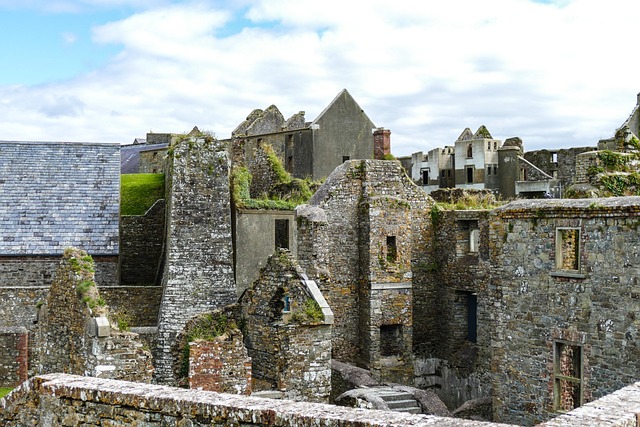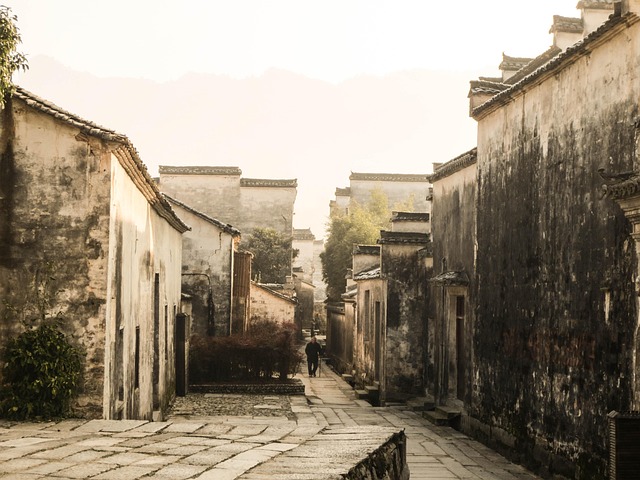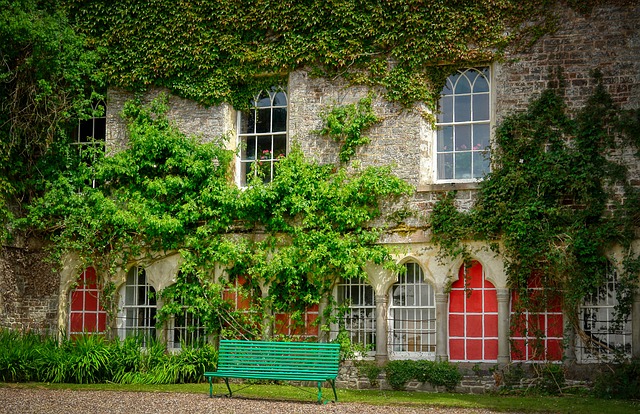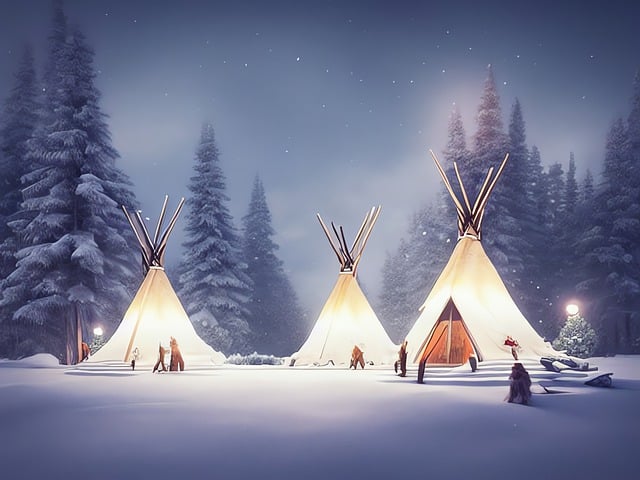The Navajo Reservation, spanning Arizona, Utah, and New Mexico, is a culturally rich and geographically diverse area with a complex history. After the traumatic Long Walk in 1868, the reservation became home to Navajo people. It boasts stunning landscapes like the White Mountains, sacred to the Navajo, offering breathtaking views and cultural touchstones. The varied ecosystems contribute to its unique real estate diversity, featuring established communities and undeveloped potential. Historical and modern architecture coexist, appealing to diverse lifestyles. The reservation holds immense cultural significance, attracting tourism that boosts the local economy and drives property value growth, making it a vibrant market for those seeking connections to Navajo traditions and breathtaking landscapes.
“Discover the captivating intersection of history, culture, and real estate opportunities in the Navajo Reservation’s White Mountain region. This article explores the unique geographical setting and rich heritage of one of America’s largest Native American reservations. We delve into how the rugged beauty of the White Mountains shapes the local real estate landscape, while also highlighting the cultural significance and economic impact these properties have on the vibrant Navajo community. Explore the dynamic interplay between tradition and modern development in this extraordinary corner of the Southwest.”
Historical Context of Navajo Reservation and Its Unique Geography

The Navajo Reservation, located in the southwestern United States, is a vast expanse of land that has been home to the Navajo Nation for centuries. Historically, the reservation was established in 1868 following the Long Walk, a forced march of over 300 miles where thousands of Navajo people were relocated from their ancestral lands in Arizona, Utah, and New Mexico to a reservation in what is now northeastern Arizona. This event marked a significant shift in the Navajo way of life, impacting their cultural practices, traditional economies, and relationships with the surrounding environment.
Geographically, the Reservation stands out for its diverse landscapes, encompassing rugged mountains, sprawling deserts, and fertile river valleys. The White Mountains, a subrange of the San Francisco Peaks, dominate the northern portion of the reservation, offering breathtaking vistas and serving as a spiritual heartland for Navajo people. These mountains play a crucial role in Navajo culture, featuring sacred sites, traditional hunting grounds, and providing a connection to their ancestral stories and beliefs. The unique geography of the Navajo Reservation, with its varied ecosystems and topographical features, contributes significantly to the cultural richness and real estate diversity found within its boundaries.
Real Estate Landscape: Properties and Opportunities Within the White Mountains

The Navajo Reservation, nestled within the breathtaking White Mountain range, offers a unique real estate landscape. Properties here are not just about land; they’re an investment in a rich cultural heritage and stunning natural beauty. The reservation boasts diverse terrain, from rolling hills to rugged peaks, providing a variety of opportunities for development.
Within these mountains, one can find both established communities and untapped potential. Historic homes with traditional architecture sit alongside modern construction, reflecting the coexistence of old and new. For those seeking off-the-grid living, remote properties offer solitude and a chance to connect with nature. In contrast, more developed areas near tourist hotspots present real estate opportunities catering to visitors who wish to immerse themselves in the region’s culture and scenery year-round.
Cultural Significance and Economic Impact: Navajo Reservation's Property Value and Community Engagement

The Navajo Reservation, nestled within the White Mountains, holds immense cultural significance for the Navajo people, who have inhabited this land for centuries. The reservation serves as a vibrant tapestry where traditional ways of life intertwine with modern community engagement. Real estate values here are not merely about property; they reflect the rich history and diverse economies that flourish within these boundaries. The Navajo Nation’s robust cultural heritage attracts visitors, fostering tourism that contributes significantly to the local economy.
Engaging with the community is integral to understanding the reservation’s appeal. Local residents take pride in their land, which is evident in the careful stewardship of natural resources and the preservation of cultural sites. This sense of place directly impacts real estate; buyers and investors are drawn to properties that offer a unique connection to Navajo traditions and the breathtaking landscapes of the White Mountains. Consequently, the reservation’s economic vibrancy is reflected in steady property value growth, providing opportunities for both residents and outsiders alike.






